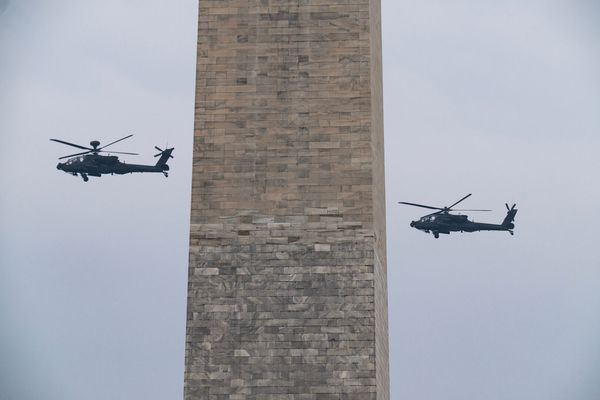Wildfire smoke continued to choke millions of residents across the Upper Great Lakes region on Monday, as massive blazes burned in Canada and throughout the western U.S.
Minneapolis saw the second worst air quality in the world on Friday, with an air quality index of 159, thanks to the fires.
The city of Detroit had the fourth worst air quality in the world, with an air quality index of 154, according to air quality tracker IQ Air.
Any measurement above 150 is considered to be unhealthy and potentially result in more serious health impacts for sensitive groups. Recent research has linked wildfire smoke exposure to a higher risk of premature death and developing dementia.
“It is recommended that, when possible, you avoid strenuous outdoor activities, especially those with heart disease and respiratory diseases like asthma. Monitor for symptoms such as wheezing, coughing, chest tightness, dizziness, or burning in nose, throat, and eyes,” the National Weather Service’s Detroit office warned in a post on social media.
An advisory was issued through Monday evening for the whole state of Michigan .
In nearby Chicago, air quality also remained degraded following a very hazy weekend.
By Monday, smoke was hanging on in neighboring Wisconsin. Several counties there were shown to be threatened by unhealthy air.
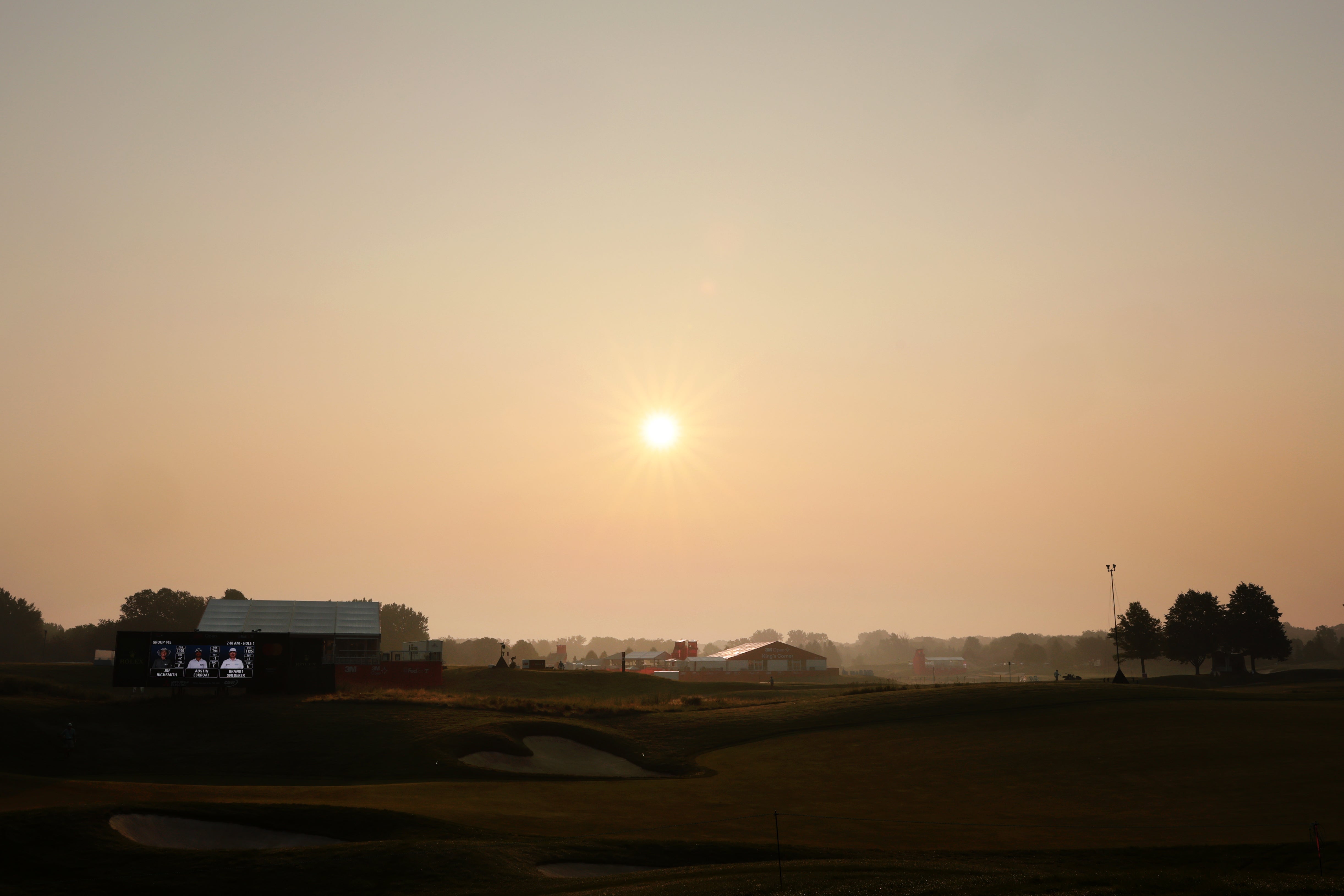
The air pollution has shifted eastward since last week, according to national forecasters, with air quality alerts in effect across the Upper Mississippi Valley and Northeast regions.
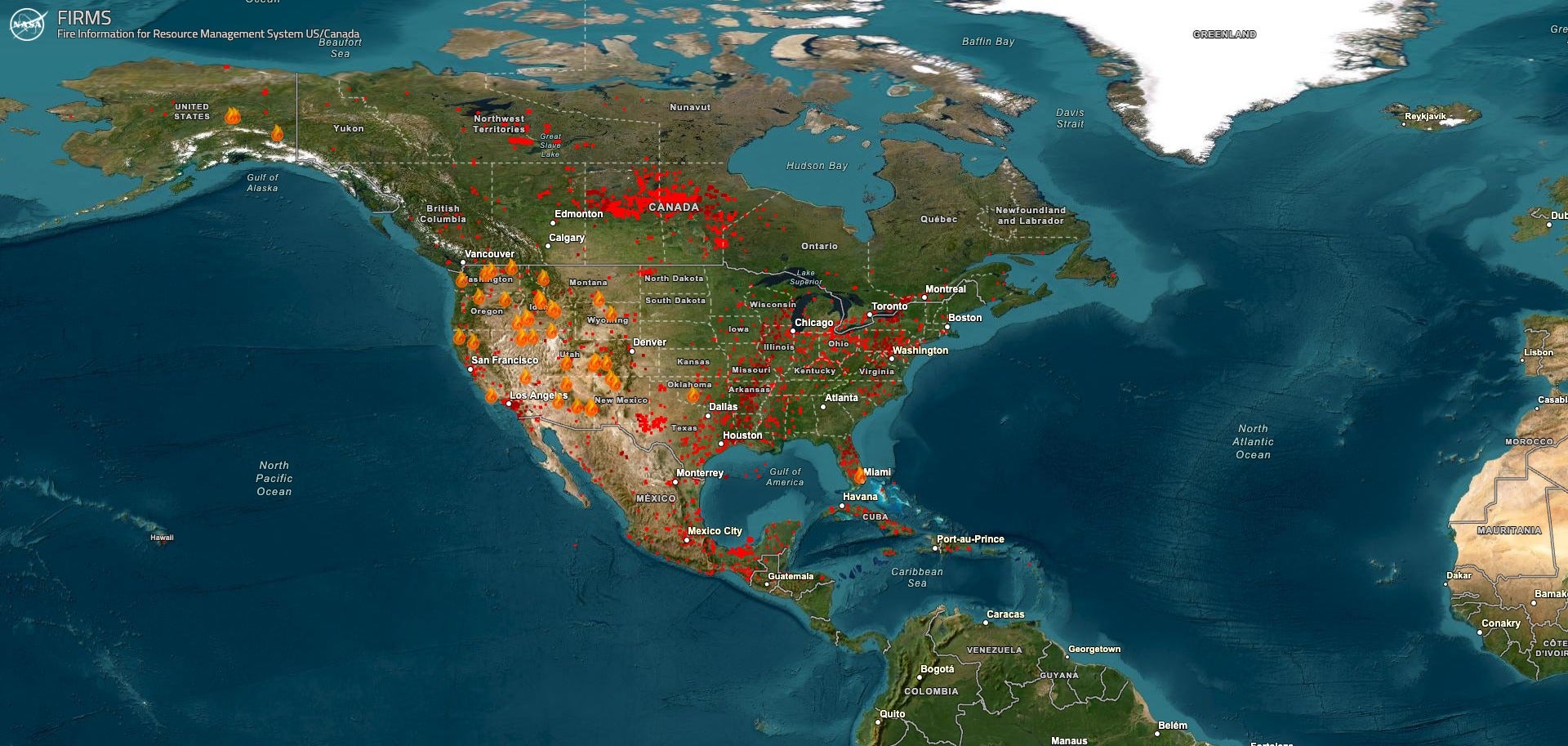
In New York City, the air quality was also unhealthy, and temperatures were expected to jump up nearly 30 degrees over the course of the day. In addition to worsening wildfire conditions, higher temperatures can make air quality worse, leading to increases in ozone pollution, which is commonly known as smog. The combination of smog and wildfire smoke can be particularly harmful, potentially leading to cardiovascular and respiratory issues.
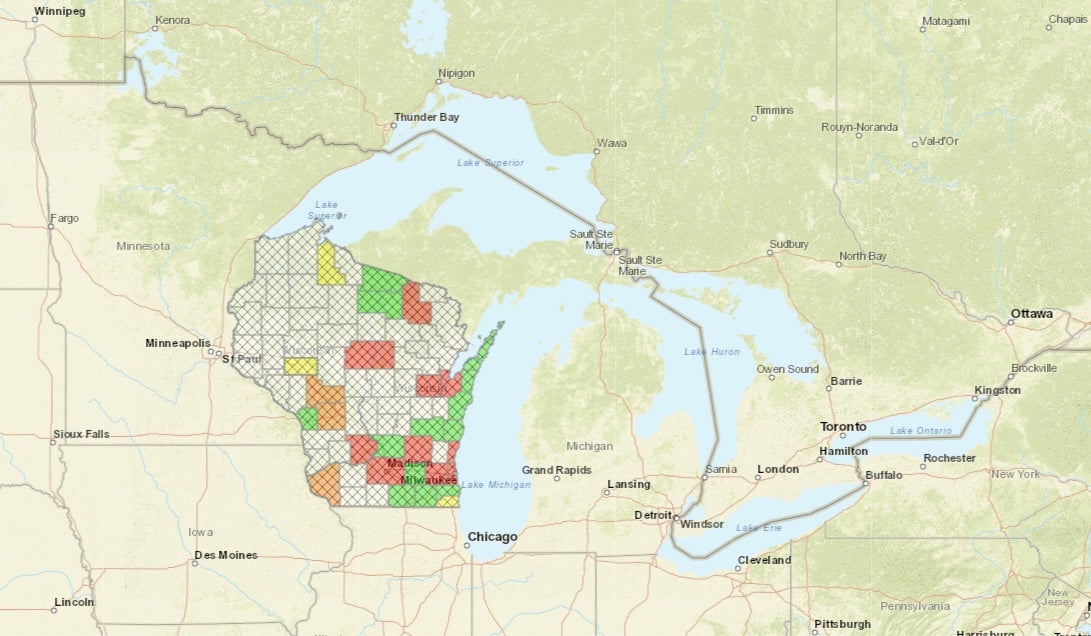
This wildfire smoke is tied to fires burning in Saskatchewan, Alberta and Manitoba. Nearly 4,000 fires have scorched more than 16 million acres this year thus far across the country, and 739 are still active, according to the Canadian Interagency Forest Fire Centre.
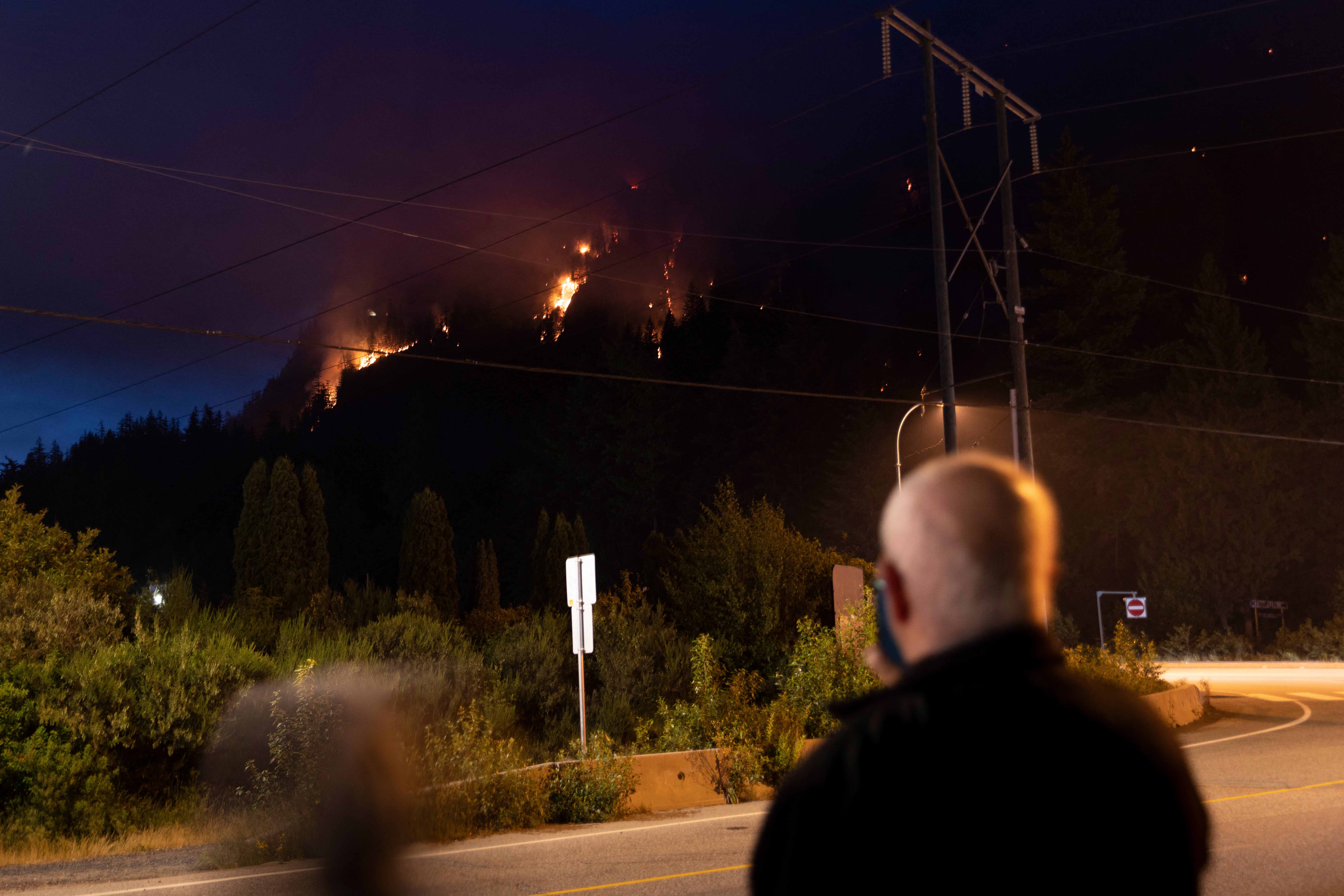
But, Canadian wildfires aren’t the only potential threat to Americans and skies around the nation. In the West and Southwest, major wildfires were tearing through California and Arizona.
The Golden State’s Gifford Fire in Los Padres National Forest had ballooned to more than 65,000 acres, forcing evacuations. Its cause remains under investigation.
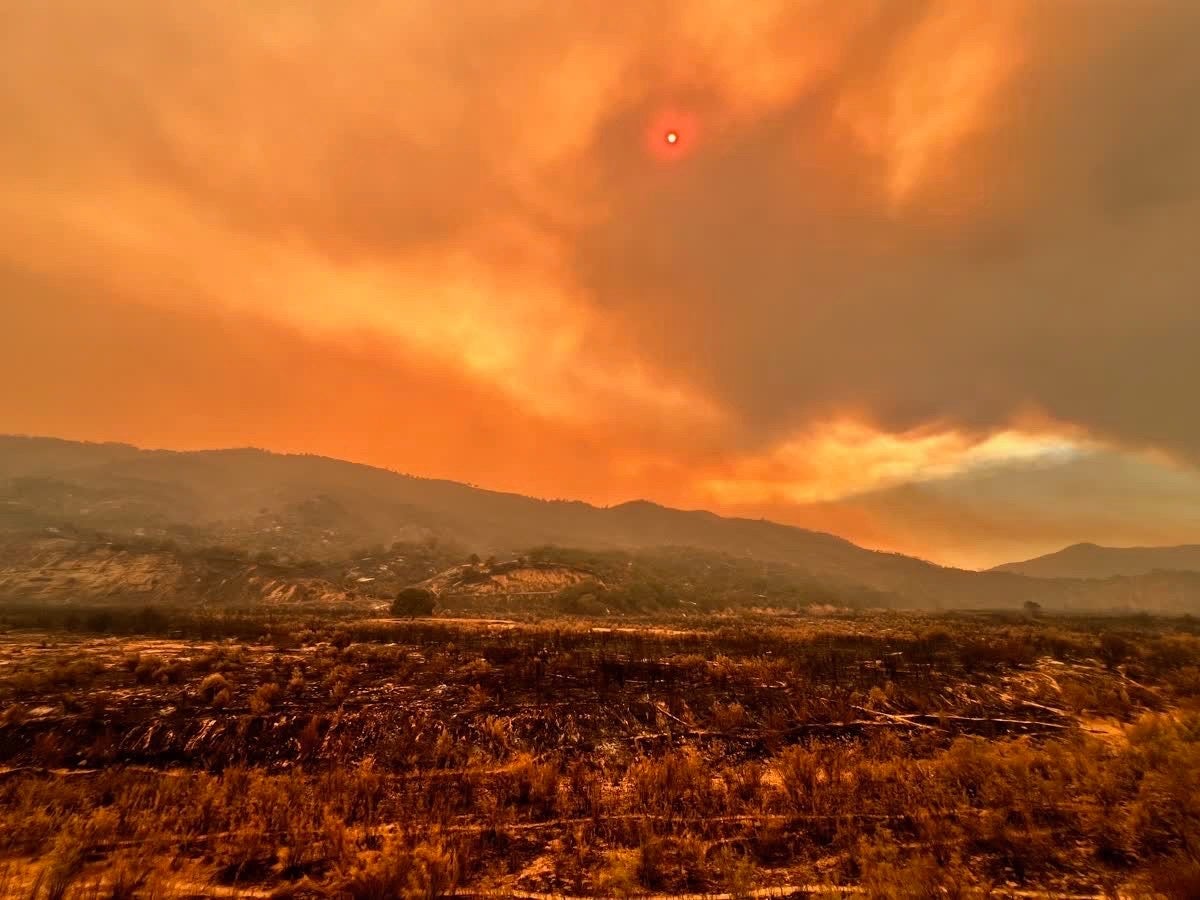
In Arizona’s Grand Canyon National Park, the lightning-sparked Dragon Bravo “megafire” kept spreading, now spanning more than 116,000 acres. That makes it the largest fire in the country.
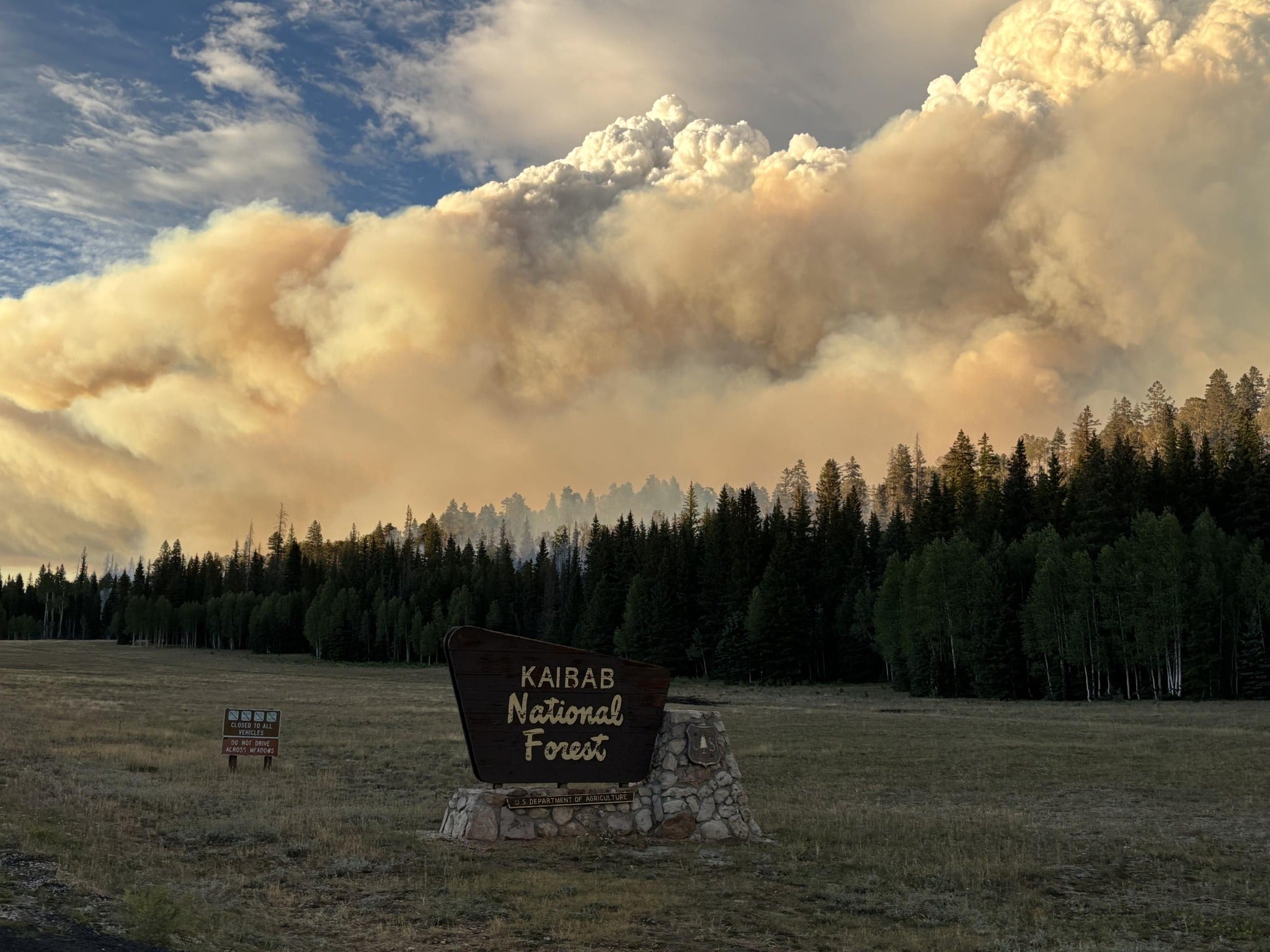
“This fire behavior we’re seeing is unprecedented,” Lisa Jennings, a spokeswoman for the Southwest Area Incident Management Team, told The New York Times on Saturday. “We have had consistently gusty winds with this dry spell for the past eight days. There’s lots of fuel to burn through.”




